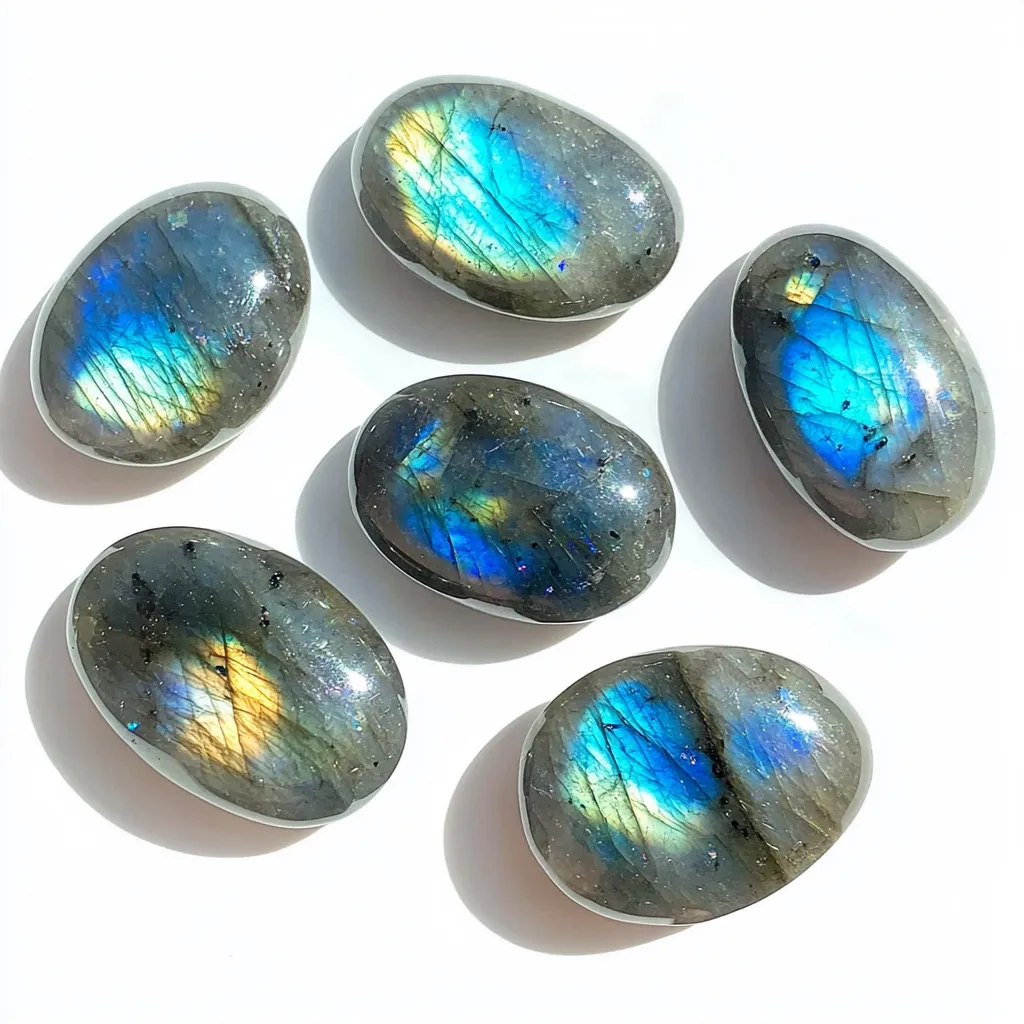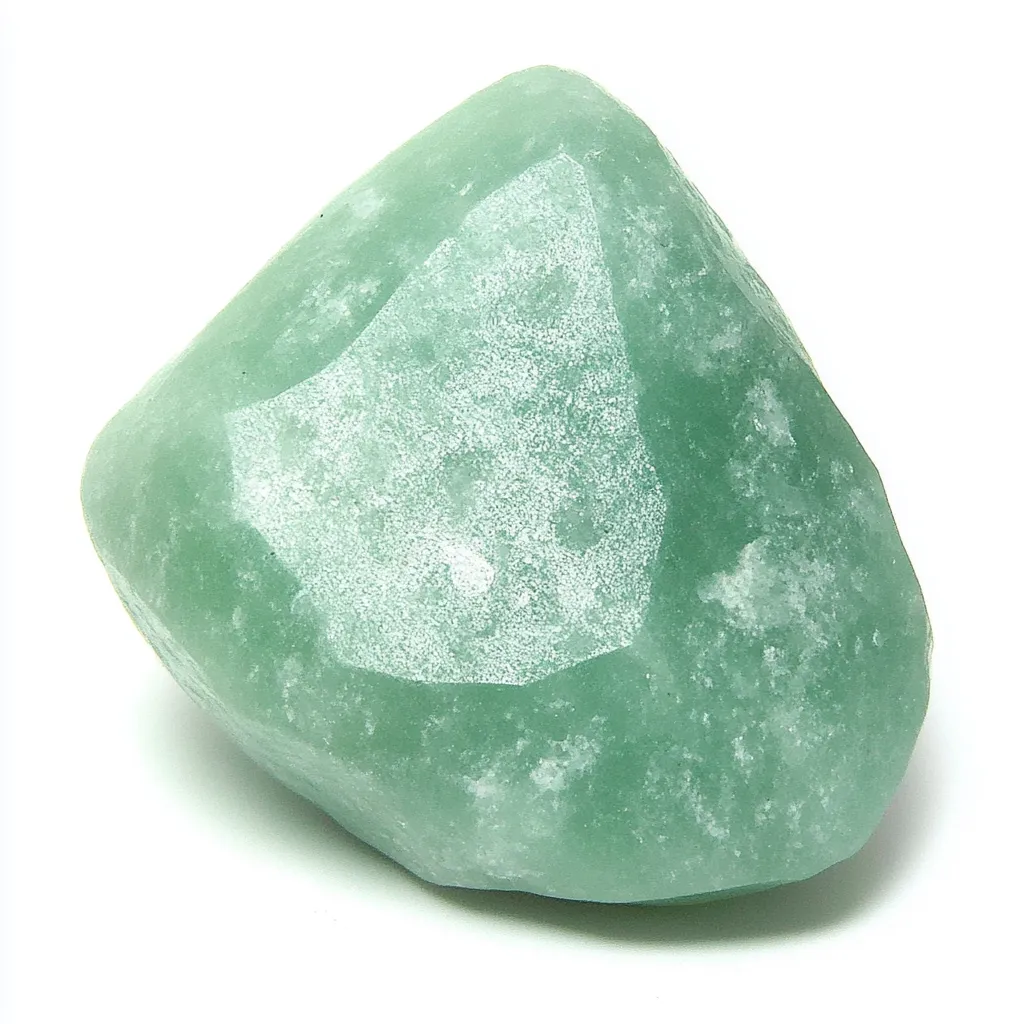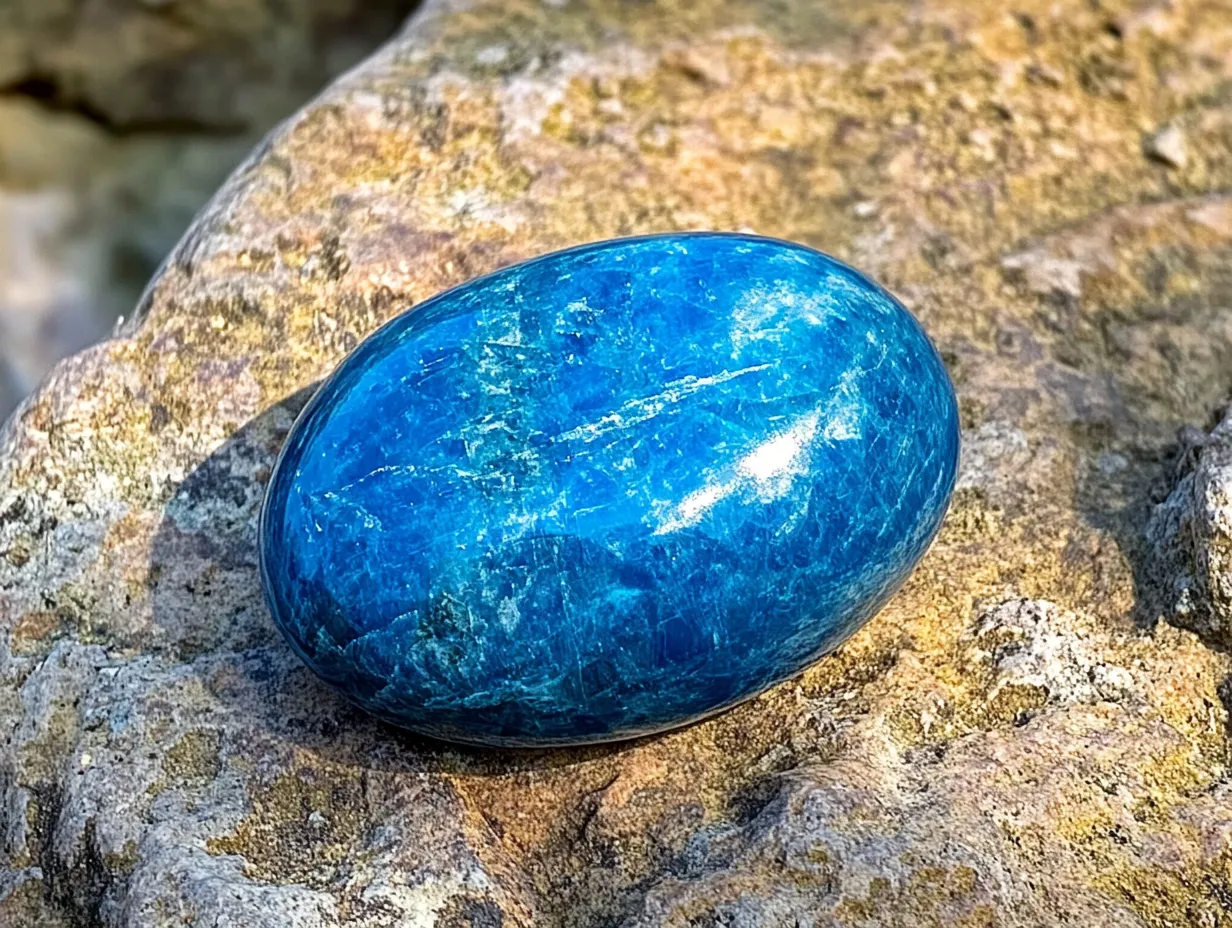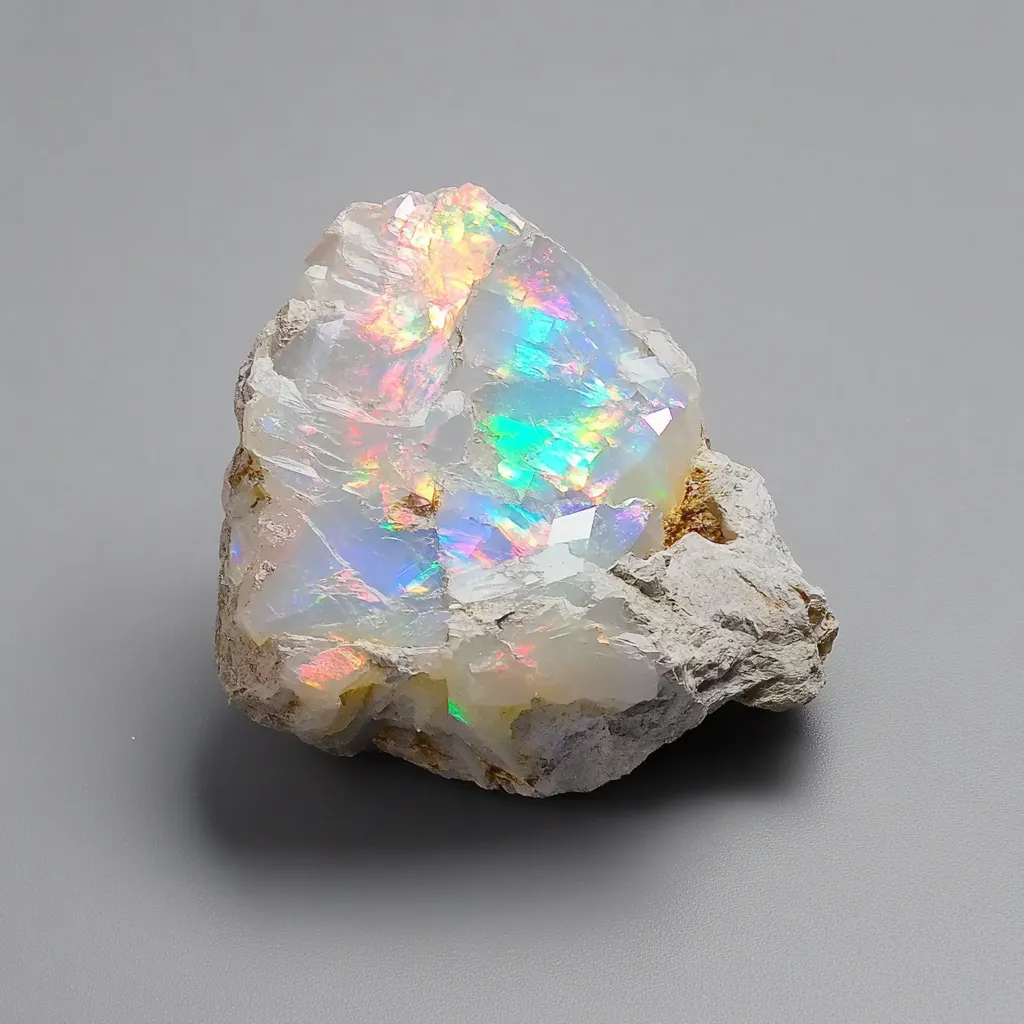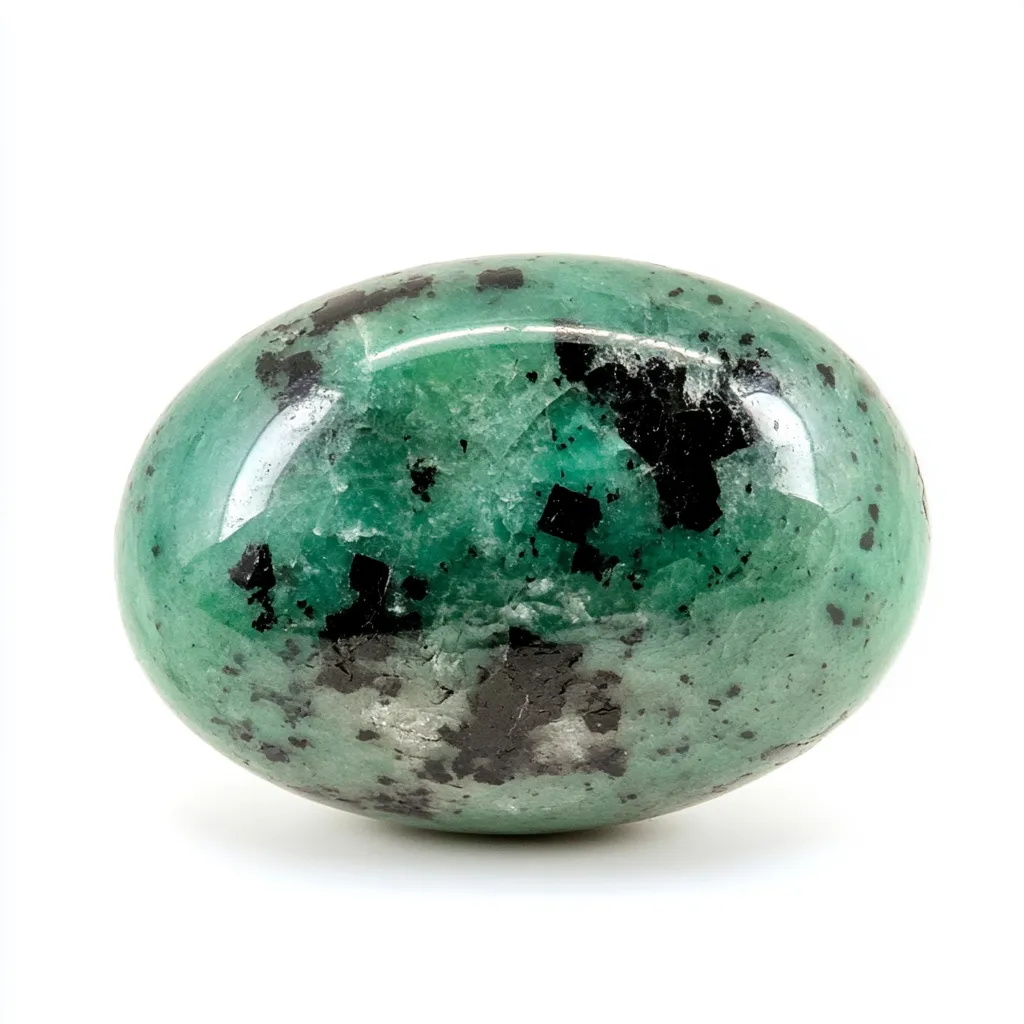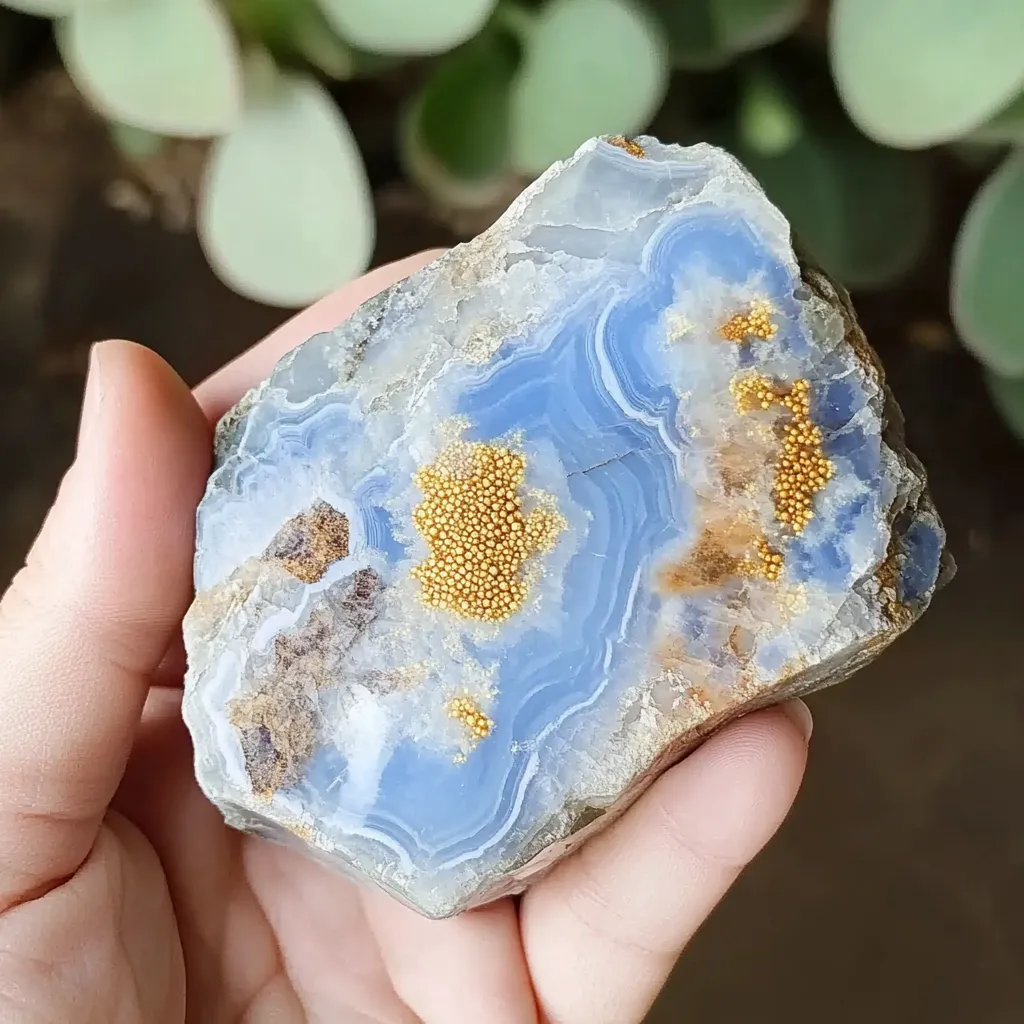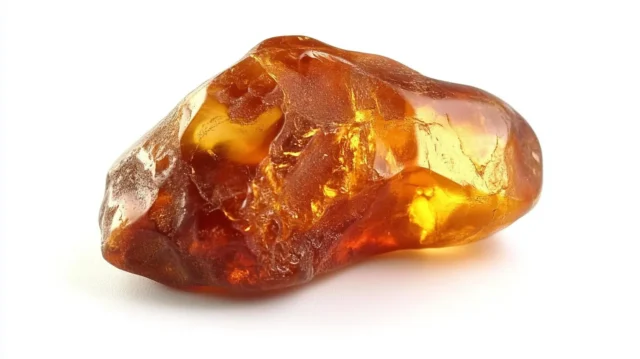

The Meaning of Amber Gemstone
Amber is more than a lovely gemstone; it is a symbol of linking to yesteryear. Unlike many gemstones, which are formed from natural minerals, amber is the fossilized tree resin that has solidified over millions of years, capturing bits of the natural world within its golden hues. People often speak of amber in terms of warmth, clarity, and even safety, making it a gemstone eagerly sought after as a protective talisman.
Many cultures believe that amber can heal. Amber offers more than just a lovely appearance; it can dress up any outfit but also serves as a powerful supportive crystal that can help you reach your highest potential. One of the easiest ways to benefit from amber’s powers is to wear it on your body. That can take many forms, from a pendant to a beaded bracelet to a simple strand of amber, but each form has potent, plentiful healing energies in and of itself.
| Amber Forms | Healing Benefits |
|---|---|
| Pendant | Offers clarity, healing, and protection. |
| Beaded Bracelet | Stimulates the body’s natural healing abilities and promotes positive energy. |
| Strand | Provides balance and supports emotional health. |
Science & Origin of Amber Gemstone
Amber is not a gemstone in the traditional sense. It is a fossilized resin from ancient trees, primarily coniferous, and dating back to the Mesozoic Era—a period around 100 to 120 million years ago. Formation of amber is an entirely surface affair. It happens not deep in the Earth under extreme pressure, as with diamonds or rubies, but in what’s now the shallow grave of an ancient forest, where resin spilled out of a tree and, with time, hardened. Hardening proceeded slowly enough that the resin retained the essence of the tree.
The most widespread variety of amber is the one that’s found in the Baltic region of Europe, though amber deposits also exist in other parts of the world, like the Dominican Republic and Myanmar. Amber can come in a number of hues—from the golden yellow and deep honey of bronze and blonde ambers to the green and blue of other types of amber (or amber substitutes), depending on the impurities and conditions under which it formed.
| Amber Variety | Location | Color Range |
|---|---|---|
| Baltic Amber | Baltic Region, Europe | Golden, Honey, Blonde |
| Dominican Amber | Dominican Republic | Yellow, Green, Blue |
| Myanmar Amber | Myanmar | Green, Red, Yellow |

History of the Amber Gemstone
For thousands of years, humans have valued amber. Archaeological finds show that amber was used in the making of jewelry, amulets, and even tools as early as the Stone Age. The prized resin was named after the ancient Greek word for it: “elektron,” which means “amber” but also has the connotation of “electrical material.” Indeed, rubbed amber produces static electricity, and that trait may have been what originally drew people to this material.
Amber was also highly prized by the Romans, who used it in decorative applications, such as jewelry, or in more practical contexts, like using it to extend the lifespan of certain kinds of artwork. As is evident throughout history, the many forms of art and jewelry in which amber was used clearly showcase the valuation that both the Romans and earlier peoples had for this substance.
Medieval amber, then, was not only decorative but nearly ubiquitous in medicine chests, unlike jade statues of Hippocrates; amulets of amber were worn by spiritual heavyweights and the wealthy, hoping to stave off unfortunate circumstances.
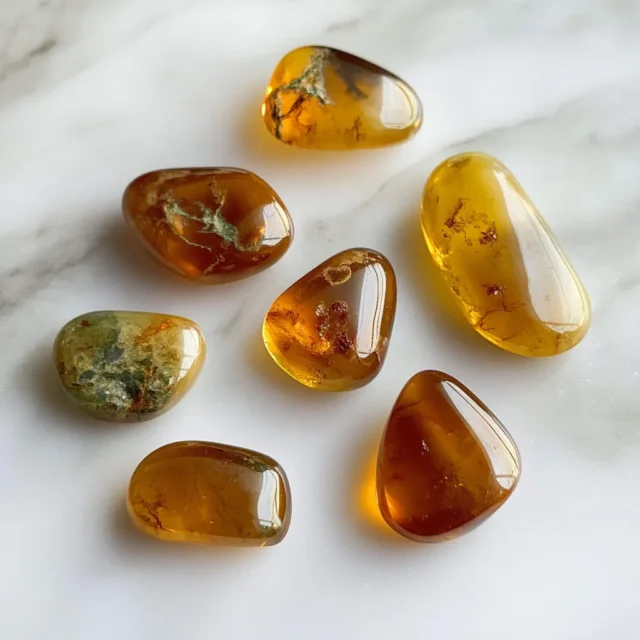
Amber Gemstone Uses & Metaphysical Properties
In addition to being significant historically and artistically, amber is esteemed for its purported metaphysical properties. Countless individuals maintain that amber possesses the power to heal—in both a physical and emotional sense. It is said to do the following: Promote positive energy. Stimulate the natural healing abilities of the body. Aid in releasing negative emotions.
If you want to connect more deeply with your spiritual self, consider using amber. It is said to boost power, enliven creativity, and sharpen one’s ability to make decisions. Amber also has a place in meditation and energy healing; in those settings, it’s used to help balance the body’s chakras and “get back to earth.” That’s a slightly quirky expression, but it’s what the energies of amber are all about.
There is thought to be some benefit of amber for people’s physical health. Alternative healing practices often recommend it for various ailments—joint pain, for instance. “It’s an important treatment,” says Dr. Eric Lutz, an adjunct professor of biochemistry and molecular biology at Georgetown University, who has a long-held interest in the energy science of amber. “You can use it for detoxification, you can use it for immune support, and so on.” People insist that it works.

Different types of amber gemstones
Amber manifests in a range of colors and qualities, each possessing unique characteristics. The predominant tones are golden yellow, rich cognac, and deep orange. Yet amber can also appear in shades of green, blue, and even red. Color variations exist due to all sorts of tree species and environmental conditions that influenced the resin’s formation. The most valuable amber comes from the Baltic region, especially Poland and Russia, but it’s also found in the Dominican Republic, Mexico, and Myanmar.
This is the most recognized and available version of amber, with its age—often measured in millions of years—making it a sought-after material. Its color qualities include a range from warm honey to cognac, and its exclusivity is further augmented by the presence of any number of ancient insect or plant inclusions that make each piece unique.
Types of Amber
| Type of Amber | Characteristics | Region of Origin |
|---|---|---|
| Baltic Amber | Warm honey to cognac hues, inclusions | Baltic Region (Poland, Russia) |
| Dominican Amber | Lighter, often blue, fewer inclusions | Dominican Republic |
| Green Amber | Translucent olive-green, healing properties | Global (often rare) |
The amber from the Dominican Republic is renowned for its vivid colors, including the rare blue variety. Typically, amber from the Dominican Republic is lighter and contains fewer inclusions than amber from other regions. As such, it is ideal for creating fine jewelry.
Green Amber: This variation of amber has a somewhat mysterious quality, often reflecting a translucent olive-green hue. It is thought to possess uniquely powerful healing properties and to be highly valued in alternative medicine.

Cleansing Amber Gemstone
As with all gems, amber requires frequent washing to keep it clean, bright, and energetically vibrant. But because it’s made from organic stuff and is so much more fragile than, say, a diamond, it’s critical to be exceptionally gentle while you’re handling it during the cleaning process. That said, if you want to keep your piece of amber pure, here are some super-simple methods for doing that.
Cleansing Methods for Amber
| Method | Description |
|---|---|
| Lukewarm Water | Hold amber under lukewarm water, no hot or cold water |
| Smudging with Sage or Palo Santo | Use smoke to cleanse; works well for spiritual uses |
| Salt Cleansing | Place amber on salt (do not let salt touch stone) |
Cleansing the Amber: The softest and most common way to cleanse amber is to hold it under a gentle stream of lukewarm water. Do not use hot or cold water, as it can make the stone crack. Very slowly, watch the negative energy go away with the water.
You can use sage or palo santo to smudge amber, as they align well with the cleansing techniques commonly used in Native American traditions. To achieve this, light your smudge stick, and allow the smoke to surround your raw or tumbled amber stone. Smudging is a particularly effective technique for those employing amber for spiritual or healing purposes. Remember, while using any smoke to cleanse, always work in a well-ventilated area and have windows or doors open.
Cleansing Amber with Salt: Some people prefer to use salt to cleanse their amber. Put your amber on a bed of salt for a few hours. Let it absorb the bad vibes. But don’t let the salt touch the amber directly, or you might mess up the stone’s surface.

Charging Amber Gemstone
After cleansing your amber, you need to fill it with positive energy. To charge a gemstone, you need to expose it to energy sources that can boost its natural powers. For amber, the best way to do this is with sunlight or moonlight.
Charging Methods for Amber
| Method | Description |
|---|---|
| Sunlight | Place amber in direct sunlight for a few hours |
| Moonlight | Charge under full moonlight for subtle energy |
Sunlight: Amber is a gemstone that absorbs and retains energy well, and sunlight is a powerful force to charge your gemstone. To do so, place your amber in direct sunlight for a few hours. Let it bask in the light at sunrise or sunset, when it’s most energetic. Caution: Strong sunlight, over time, can fade the color of amber.
Moonlight: If you like to work with a more subtle method, you can charge amber under the moonlight, and this is especially potent when done at the time of the full moon. The moon’s light is what many people think of as ‘gentle’ light. When the light is ‘gentle,’ it is soft, reflective, and not overpowering. The full moon is indeed a potent source of light, but its light seems to suggest a calm presence. This is a wonderfully peaceful way to work with fragile materials.

The Meanings of Amber Gemstone in Divination
Amber is often viewed in divination as a powerful stone for clarity and protection. Its golden hue is light and positivity, and it is an excellent tool for enhancing intuition and emotional healing. Amber’s history makes it a jewel of the present and future, despite its stereotypical label. Amber’s energy can warm the heart and facilitate the channeling of previously unknown or ununderstood inner abilities.
Healing and Protection: Many hold the belief that amber serves as a protective shield, especially when worn as jewelry. They say it absorbs negative energies, which helps keep its wearer safe from all kinds of harm, both of the body and kind. In practices around the world, amber is used to clear blockages and facilitate the healing of a person’s body and mind.
Improving Intuition: Amber is viewed as a stone that improves one’s intuition and spiritual insight. When it is used in meditation or divination practices, it is thought to connect the user with a higher consciousness. This, in turn, results in clearer decision-making and a more profound understanding of the connected moment.
The natural world—at least the part of it that holds the ancient energies of the Earth—is where amber really shines as a gemstone of miracle-making. If you have a particular objective you want to achieve and it’s big enough to be called a desire, work with Amber during the manifestation process. Amber can fortify your intentions and aid in the energy work required to direct the natural forces towards the fulfillment of your desire.

Questions and Answers
Further Information on About Amber
Raw Amber
Amber in its raw state is a captivating and ancient material that has held the fascination of gemstone lovers for countless years. However, it’s rare to meet individuals with polished amber who recall its original stick-like shape and rough exterior. That’s why it was such a treat to encounter the piece of such raw amber that we did on our recent visit to a very natural-looking miner’s cabin in the wilds of Canada. Ordinarily, you’d expect such a found object to be located in a museum. Instead, we were told we could hold it. And as the sunlight streaming through the cabin’s window made the tiny inclusions inside the amber glow, we were reminded of the beautiful Earth that we, too, are a part of.
Amber Aura
Amber aura is a kind of treated amber that has been enhanced through a specialized process, giving it a vibrant, metallic sheen. This addition creates an effect in the amber that can only be described as glowing. But in the aesthetic world, “glowing” isn’t nearly as compelling as “iridescent,” which describes an effect in amber aura that makes the amber appear to have been sun-kissed in a rainbow of colors. Amber aura is most definitely amber, but it’s also something different, something brilliant that might or might not have protective qualities.
Amber Birthstone
At times, amber is regarded as a birthstone for individuals born in the month of November, alongside citrine. Although not officially recognized by the traditional list of birthstones, amber is often associated with this month because of the warm, golden tones that so perfectly reflect the season’s palette. Resilience, calmness, and healing are but a few of the attributes one might associate with amber—qualities that make it a pretty perfect presence to engage with daily, bringing steadfast comfort to one who might wear it. It’s also a stone with a connection to nature, a material formed by a tree, whose fossilized resin fetches an impressive price in today’s vibrant gem art market. Amber’s presence might inspire you to appreciate the Earth’s natural beauty. It’s a pretty wonderful embodiment of a birthstone for that reason alone.
Amber Aesthetic
Amber’s aesthetic is forever in style, a golden glow always lighting up something seemingly forgotten yet timeless. And whether set in a piece of jewelry or used as something meant to be decorative, amber’s rich, honey-colored tones evoke a kind of nostalgia one might only feel at a family reunion. If aesthetics were a room, amber would have a seat by the window, next to a plant with big, curvy leaves. Every ring would tell its story, each with a uniquely shaped, colored, and textured piece of amber.
Amber Gemstone Price
Amber gemstones can vary significantly in price, depending on several factors. Quality is one. Size is another. Origin is also important. Amber generally falls on the lower end of the gemstone spectrum in terms of affordability, yet certain pieces can cost several hundred, if not thousands, of dollars. When gauging the price, also consider: Is it raw? Polished? Has it undergone any form of treatment, such as an amber aura? For a more informed buying experience, here’s a primer on the pricing of this “gemstone of the ages.”
Amber Gemstone Price Table
| Factor | Impact on Price |
|---|---|
| Quality | Higher quality increases the price |
| Size | Larger pieces typically cost more |
| Treatment | Polished or treated amber like amber aura can be more expensive |
| Origin | Baltic amber tends to be pricier than others |
Price of Baltic Amber
The cost of Baltic amber is usually greater than that of other ambers because it is a superior material with a long history of use. People have been collecting and working with Baltic amber for thousands of years, and some of the pieces that are in existence today have been radiocarbon dated to as far back as 20 million years ago. Even so, Baltic amber isn’t particularly expensive when you consider the range of prices that you find for gemstones and other materials that have been worked by human hands. Of course, Baltic amber does have some really affordable options, especially when you look at its price compared to higher-end gemstones. However, even the more expensive Baltic amber options are not extravagant.
Baltic Amber Price Table
| Type of Baltic Amber | Price Range |
|---|---|
| Raw Baltic Amber | Affordable, but varies based on size |
| Polished Baltic Amber | More expensive due to labor and treatment |
| Baltic Amber Artifacts | Higher price due to rarity and historical value |

